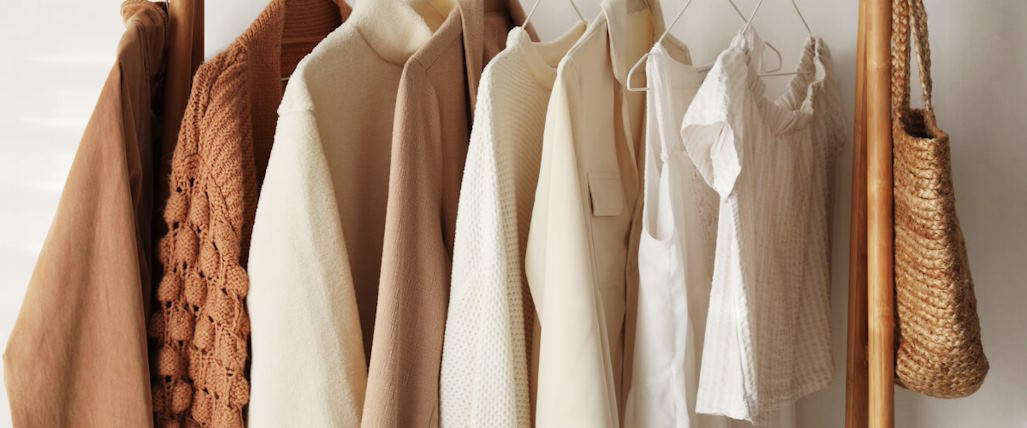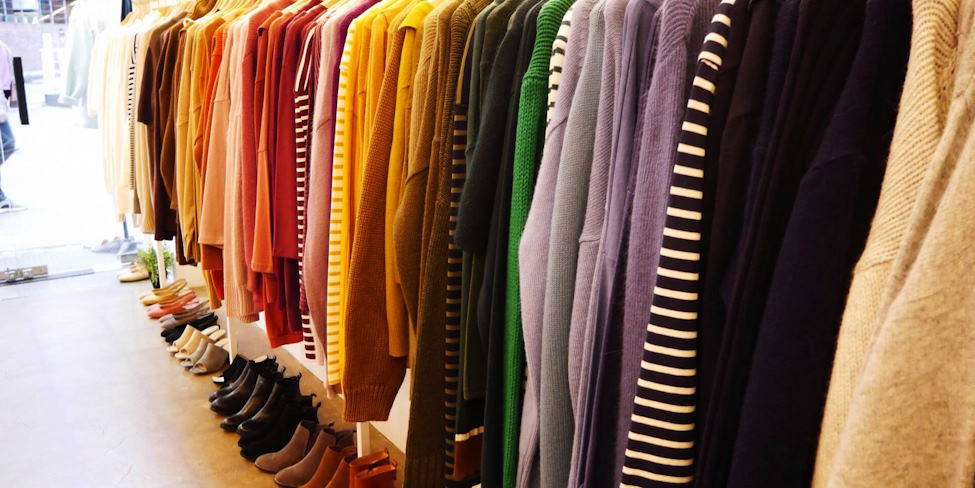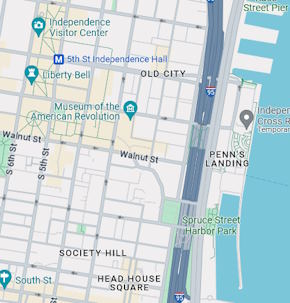April 27, 2024
The Psychological Effects Of Clothing We Wear And Their Colors

Clothing transcends mere practicality, acting as a vibrant canvas for self-expression that mirrors our personalities, moods, and social standing. The choices we make in our attire and color palette have deep psychological effects, shaping not only how others see us but also how we perceive ourselves.
How does choosing clothes influence mood and behavior?
Our clothes influence our self-perception and identity, boosting confidence and self-esteem when they align with our self-image or aspirations. For instance, dressing in professional attire can make us feel more competent and authoritative while wearing specific outfits can help us embody different roles or identities, such as an athlete feeling more energized and focused in their sports gear.
Comfort and fit play a crucial role in this dynamic. Comfortable, well-fitting clothes improve mood by reducing physical discomfort and enhancing a sense of well-being. Similarly, wearing familiar and favorite clothes provides psychological comfort, offering a sense of security that positively affects our mood.
Our clothing choices also impact social perception, shaping how others see us and influencing our interactions and social experiences. Dressing well often leads to more positive social feedback, enhancing our mood and self-esteem. Additionally, conforming to group dress codes fosters a sense of belonging and acceptance, which is essential for social and emotional well-being.

The influence of colors
Colors in our clothing exert significant influence through the principles of color psychology. Warm colors like red, orange, and yellow are associated with energy, excitement, and warmth, stimulating and invigorating us. However, excessive exposure to these colors can also lead to feelings of agitation or stress.
In contrast, cool colors such as blue, green, and purple have a calming and soothing effect, reducing stress and creating a sense of tranquility, though they might also evoke feelings of sadness or detachment in some contexts.
Cultural and personal associations with colors further shape their impact on mood. Different cultures attach unique meanings to colors, such as white, which symbolizes purity and peace in Western cultures but mourns in some Eastern cultures. Personal experiences and memories tied to specific colors also influence our reactions, with positive memories evoking happiness and negative ones triggering sadness or anxiety.




